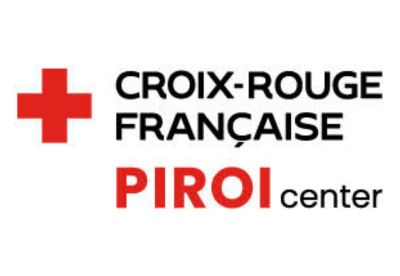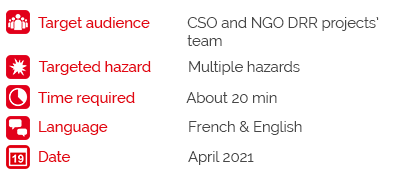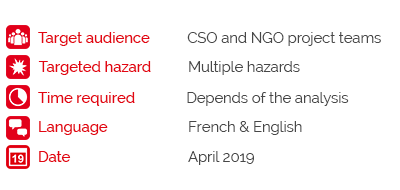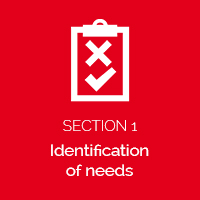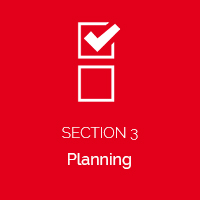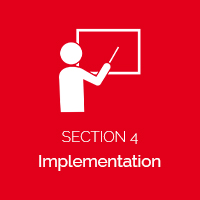
The relevance of a disaster risk awareness and education project depends notably on targeting. The appropriation of key messages by the target audience will depend on the identification of appropriate communication channels. In designing the project, it is important to involve a range of actors at different levels to provide appropriate expertise in the planning and implementation of disaster risk awareness and education activities.
See the corresponding tools
 OUTIL 1 – Defining target groups: Portrait Exercise
OUTIL 1 – Defining target groups: Portrait Exercise
(PIROI, Reunion Island)
Description: This exercise must be carried out in groups. Each participant is asked to assemble and share 2-3 typical portraits
|
Description: This exercise must be carried out in groups. Each participant is asked to assemble and share 2-3 typical portraits Added value of the tool: Easy to use. Provides human side to targets and allows for tailored actions and messages Point of caution: It has no statistical value. Used to describe a situation in a given context, at a given time (and therefore must evolve over the course of the project). It takes a relatively large number of people to use this tool |
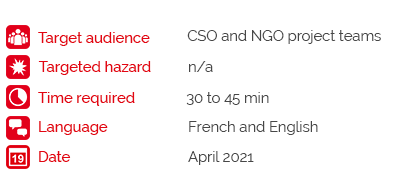 |
 TOOL 1 – “Mapping” Enhanced Vulnerability and Capacity Assessment
TOOL 1 – “Mapping” Enhanced Vulnerability and Capacity Assessment
(International Federation of the Red Cross – IFRC)
Objective: To visually capture resources, vulnerabilities and risks in a given community. This allows visual comparison of information.
|
Description: This tool is part of the EVCA Manual developed by the International Federation of Red Cross and Red Crescent Societies, which includes a dozen tool sheets. It is strongly recommended that you carry out a full EVCA in the target area. If this is not possible, you can use the mapping separately with the communities, to obtain a visual mapping. Added value of the tool: Clear, a lot of instruction Point of caution: It is preferable to do a full EVCA. Refer to the full guide for a more in-depth analysis |
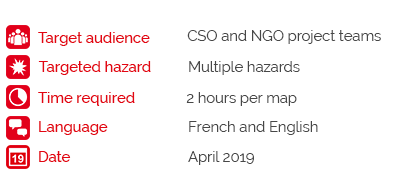 |
To go further…
|
|
 TOOL 2 – Strategic Targeting Methodology Initiation Checklist and Reporting Template
TOOL 2 – Strategic Targeting Methodology Initiation Checklist and Reporting Template
(International Federation of the Red Cross – IFRC)
Objective: To support project implementers in the selection of communities for disaster risk reduction actions by all stakeholders (e.g., government, NGOs and IFRC).
|
Description: Annexes 6 and 7 presented here are tools from an IFRC guide. The latter includes templates for workshop agendas with partners, budget templates and a targeting guide for stakeholders. These two annexes are relevant for the selection of communities. Added value of the tool: Clear, well structured Point of caution: Not applicable in all situations |
 |
To go further…
|
 TOOL 1 – Checklist for an Effective Partnership
TOOL 1 – Checklist for an Effective Partnership
(PIROI, Reunion Island)
Objective: To support project leaders and coordinators in identifying and establishing partnerships with institutional, technical, academic and/or private sector actors.
|
Description: The checklist includes different questions that guide the user through the necessary steps to effectively implement a partnership. The checklist includes questions on:
Questions are complemented by an evaluation grid indicating whether the actions are satisfactory, of concern or in need of correction. This grid will allow the user to see where to focus in order to develop and improve the partnership. |
Added value of the tool: Allows partnership implementation analysis Point of caution: Non-exhaustive list that needs to be adapted to the context |
 TOOL 2 – « Venn Diagram » : Enhanced Vulnerability and Capacity Assessment
TOOL 2 – « Venn Diagram » : Enhanced Vulnerability and Capacity Assessment
(International Federation of the Red Cross – IFRC)
Objective: To graphically represent stakeholder positioning and clarify the different interest groups, institutions and decision-making patterns.
|
Description: This tool enables you to:
This tool is part of the EVCA Manual developed by the International Federation of Red Cross and Red Crescent Societies, which includes a dozen tool sheets. It is strongly recommended that you carry out a full EVCA in the target area. If this is not possible, you can use the mapping separately with the communities, to obtain a visual mapping. |
Added value of the tool: Allows for effective data visualization Point of caution: Do not use this tool in isolation but really integrate it into a comprehensive preliminary analysis |
